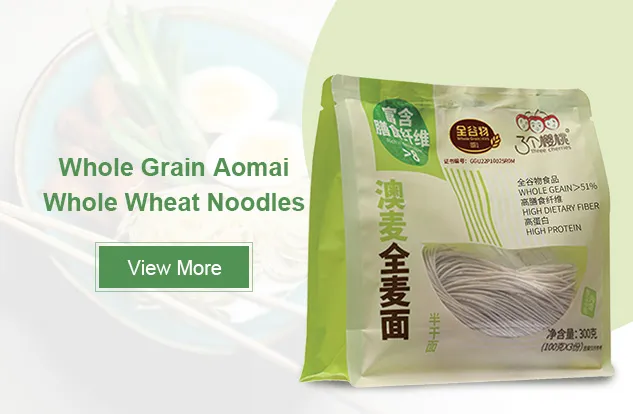difference between soba and udon noodles
The Difference Between Soba and Udon Noodles
Noodles are a staple in many cuisines around the world, but few can rival the distinct cultural significance and versatility of Japanese noodles. Among the myriad types of Japanese noodles, soba and udon stand out as two popular choices. While both are enjoyed in Japan and beyond, they have unique characteristics that set them apart.
Origin and Ingredients
Soba noodles are made from buckwheat flour, which gives them a nutty flavor and a darker color. The term soba itself means buckwheat in Japanese. Buckwheat is not a wheat but a seed related to rhubarb, making soba a gluten-free option, although some variations may include wheat flour to enhance texture and elasticity. Udon noodles, on the other hand, are crafted from wheat flour, water, and salt. This combination results in a chewy, thick noodle that is white or pale in color. The ingredients are fundamental to both noodle types and contribute to their distinctive flavors and textures.
Texture and Appearance
When it comes to texture, soba is thinner and more delicate compared to udon. Typically, soba noodles are about the width of a piece of spaghetti, while udon noodles can be significantly thicker, resembling a small, round rope. The cooking time also varies; soba generally cooks faster than udon, requiring just a few minutes in boiling water, while udon may take a little longer to achieve the desired softness and chewiness.
Culinary Uses
Soba and udon noodles are both versatile and can be served in a variety of dishes. Soba is often enjoyed cold in the summer months, served with a dipping sauce called “tsuyu,” which is made from soy sauce, mirin, and dashi. This refreshing way to enjoy soba highlights its unique flavor. Soba can also be served hot in a broth with vegetables or proteins, often seen in soba noodle soups.
difference between soba and udon noodles

Udon, conversely, is commonly served in hot soups, where the thick noodles absorb the savory flavors of the broth. Udon dishes like Yaki Udon (stir-fried udon) and Nabeyaki Udon (udon in a hot pot with various toppings) showcase the noodle's ability to hold up in hearty meals. Both noodle types can be accompanied by a variety of toppings, including green onions, tempura, and eggs, but the preparation and presentation differ significantly.
Nutritional Value
From a nutritional standpoint, soba noodles often top udon due to their buckwheat content, which provides a wealth of protein, fiber, and essential vitamins and minerals. For those seeking a nutritious alternative, soba offers numerous health benefits, including improved heart health and sustained energy levels. Udon noodles, while still relatively healthy, are richer in carbohydrates due to their wheat content, which can lead to faster spikes in blood sugar levels.
Cultural Significance
Both soba and udon have deep cultural roots in Japan. Soba reflects regional traditions, especially in the mountainous areas where buckwheat is grown. It is also associated with the New Year's Eve tradition of eating soba, symbolizing a long life. Udon, popular primarily in the Kagawa Prefecture, encapsulates the essence of comfort food in Japan and is often part of celebratory meals.
Conclusion
In conclusion, while soba and udon noodles share a common cultural heritage, their differences in ingredients, texture, culinary uses, nutritional value, and cultural significance make them unique. Understanding these differences not only enriches one’s appreciation of Japanese cuisine but also opens the door to culinary exploration. Whether you prefer the delicate, earthy flavor of soba or the hearty, chewy satisfaction of udon, both noodles offer a delightful experience for your taste buds.
-
Unlock the Delicious Potential of Yam NoodlesNewsAug.11,2025
-
The Authentic Taste of Lanzhou NoodlesNewsAug.11,2025
-
Savor the Art of Hand Pulled NoodlesNewsAug.11,2025
-
Indulge in the Timeless Delight of Spaghetti BologneseNewsAug.11,2025
-
Indulge in the Rich Flavor of Braised Beef NoodlesNewsAug.11,2025
-
Elevate Your Meals with the Magic of Fresh PastaNewsAug.11,2025
-
Unleash Your Inner Chef with Delectable Italian Pasta CreationsNewsAug.01,2025
Browse qua the following product new the we

















































































































